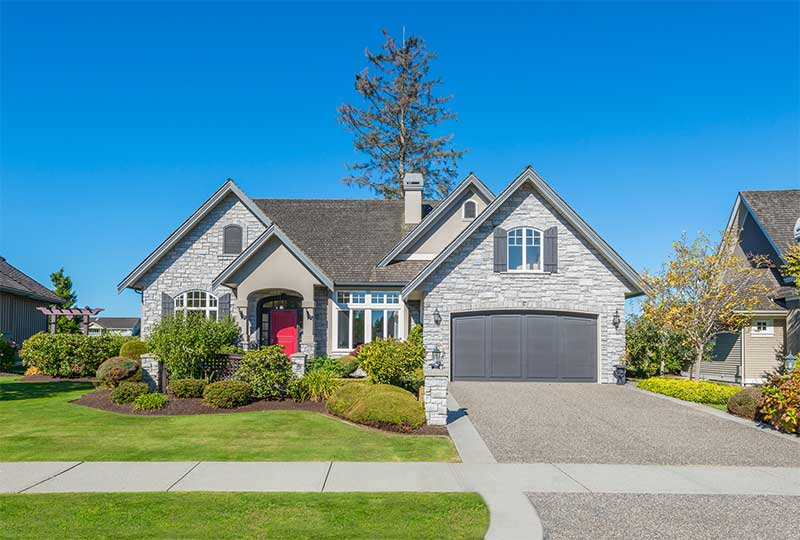MyHomeUpgrade
Air Filtration and Home Ventilation Systems
Breathe a little easier with improved ventilation in your home. Here’s what you need to know about upgrading your air filtration system.
What Are the Benefits of Ventilation Upgrades?
The biggest advantage of upgrading your home ventilation system is improved air quality, which can relieve allergy symptoms and even dry skin and hair. The right ventilation system can also help to minimize dust and pet dander. Simply put, breathing cleaner air will make you and your family healthier, happier, and more comfortable.
VENTILATION UPGRADES
Planning a Ventilation Upgrade
Whether the changes you’re making to your home ventilation system are big or small, planning is key. Consider your vision, budget, and desired results as you go through the following steps.
Make a Plan
Start by deciding what changes you’d like to see from your ventilation upgrade. The more details you can include upfront, the better idea you’ll have of how much your project is going to cost.
Build a Budget
Updating your ventilation system is an affordable way to make your home more comfortable and can typically be scaled to suit any budget. Use our renovation calculator for an accurate estimate of what your project will cost.
Hire a Contractor
HVAC renovations, including ventilation upgrades, are best left to the experts. Hiring a professional contractor can save you loads of time and money in the long run. Submit your project now to get started with leading contractors in your area.
How Much Do Ventilation Upgrades Cost?
The cost of upgrading your air filtration system and home ventilation will vary depending on what you want to change and which system you choose. Your location, as well as fluctuating labour and material prices can also have an impact. With MyHomeUpgrade.ca’s free renovation calculator, you can put in the details of exactly what you need, and we’ll provide you with a detailed estimate of how much you can expect to pay based on rates from recommended HVAC contractors in your area. We can even help you with flexible financing solutions.
Tips and tricks
How to Choose the Best Air Filtration Solution
When it comes to improving your indoor air quality, there are many options to choose from. Here are four of the top choices to consider.
Flat Filters
If you have a furnace on a forced-air system, then you already have one source of clean air—as long as you change the filter regularly. It’s important to note that while these filters may keep dust at bay, they won’t block the microscopic airborne particles you can’t see.
Electronic Filters
These units, also called electrostatic precipitators, can be incorporated into your home’s existing ductwork. Electronic filters work especially well on microscopic particles and never need replacing, only cleaned in soapy water every few months.
UV Filters
If germs are a concern, go with what the hospitals use. These filters use ultraviolet light to eliminate airborne bacteria and viruses. They won’t affect dust particles though, which is why these are usually an add-on to an electronic filter unit.
HEPA Filters
HEPA is a type of mechanical air filter that forces air through a thick, pleated paper-like material and a small level of activated carbon material. The filter catches dust mites, pollen, pet dander, mould spores, and other allergens, resulting in cleaner air and less air pollution throughout your home.
How to Tell if You Need to Update Your Ventilation Equipment
Your home is dusty.
A duct-mounted air filtration system can help to reduce the amount of dust that settles on your surfaces, taking a load off your household’s cleaning needs.
![]()
You have allergies
Common allergens like dust, animal dander, and pollen can trigger allergies. An air filtration system with a HEPA-certified filter will make a world of difference.
![]()
Your ductwork is old
Older homes should have their ductwork inspected to check for damage, buildup, and other things that could be causing your HVAC system to not work properly.
![]()
Your energy bills are soaring
Blocked ductwork impacts the efficiency of your heating and cooling systems, causing them to struggle and use more energy.
![]()
Financing Options to Make Your Home Renovation More Affordable
Take the stress out of budgeting for your home improvement project with flexible financing options, powered by SNAP Home Finance, that you can rely on.
Contractors You Can Rely on
Plan your renovation with expert guidance. We work with only the most trusted contractors in your area who are all:
- Experienced
- Licensed
- Well-reviewed





